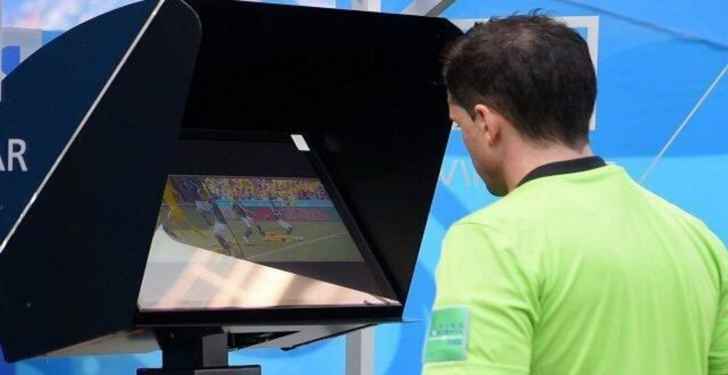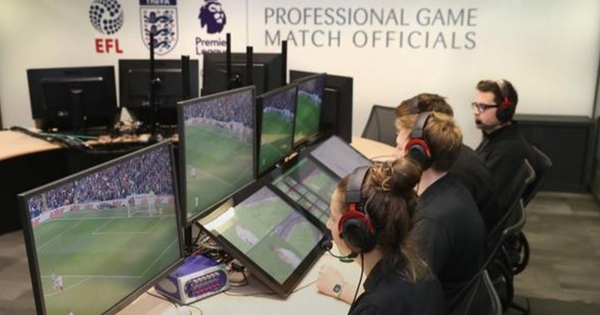Football has become closely associated with video technology, which has become an integral part of the most popular game in the world. Unlike what is generally accepted or what appears on TV screens, in the football book compiled by FIFA and IFAB, there is a section called “Video Technology Protocol”, which we will look at in several episodes, the purpose of which will be to clarify all the details of this technology. from a legal and arbitration point of view.
General principles:
The use of video technology in a football game is based on a number of basic conditions, all of which must be met in a match in order to use it.
1. The video referee is a football referee and his task is only to watch the match on the screen and watch replays, and he interferes with the match referee only in the event of a “clear and obvious error” or an “important event”. what was not noticed” dealt with four questions, namely:
A. Purpose/No purpose
B. Penalty/no penalty
C. Direct red card (not a second yellow card to the same player or a yellow card)
D. Misidentification (when the referee warns or removes the wrong player from the offending team).

2. The referee must make a decision on the field regarding an event that is being viewed via video, the referee cannot during the game say “I have no decision in this case” and then ask the VAR referee to review the throw to make a decision and can only review the throw if if the referee on the field decided to continue the game and considered that there was no violation.
3. The decision made by the referee on the playing field will not change if there is no clear and obvious evidence in the replay with the video referee that the decision of the main referee was a clear and obvious mistake.
4. The referee is the only one who asks for a replay through the small screen, and the video referee advises the referee and invites him to come to the small screen and look at the situation and does not force him to do so, but leaves him the decision to come.
5. The final decision on the case is made by the judge, whether after consultation with the judge on video equipment or after going on the screen and viewing the situation from all angles.
6. There is no fixed time for the referee when he is watching the shot in front of the screen, and accuracy and making the right decision is more important than the time spent.
7. Players, technical and administrative staff of the two teams may in no case surround the referee, watching any situation on the screen inside the field, or try to put pressure on the referee in any way.
8. The judge must remain visible to all during the hearing of the case to ensure transparency.
9. If play continues after a certain event and is then re-evaluated at a later time, any disciplinary action that was taken or is due to be taken while the case was being observed and re-evaluated will not be waived, even if the decision is changed after the shot has been reviewed, unless disciplinary action refers to a promising opportunity or the possibility of a goal being achieved.
10. If play is stopped and then restarted, the referee cannot in any way see any of the kicks that were taken before play resumed, except in cases of mistaken identification, i.e. he inadvertently shows a player a yellow or red card instead of another player or in in case of removal for behavior Shameful, since hitting, spitting or attacking someone is unacceptable.
11. Because the VAR referee reviews every shot throughout the match, the coach or player does not need to ask the referee to review a specific shot.
Source: El Iktisad
